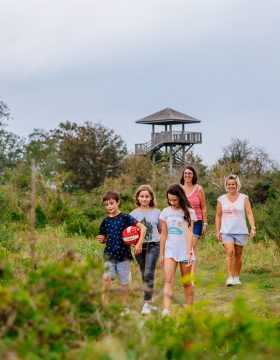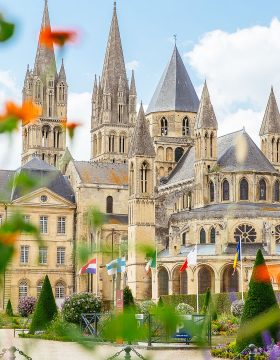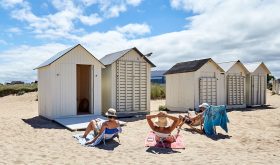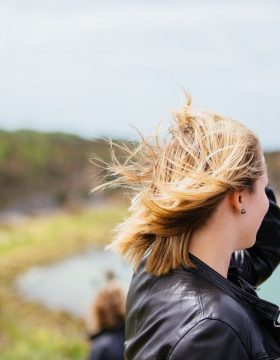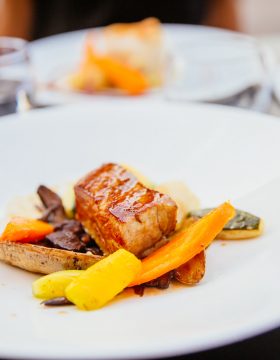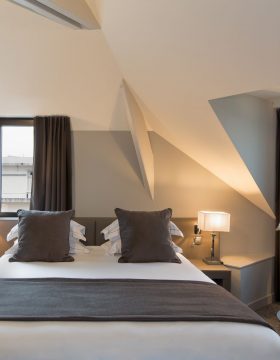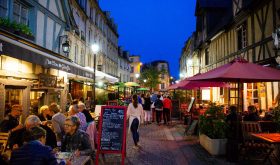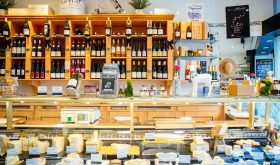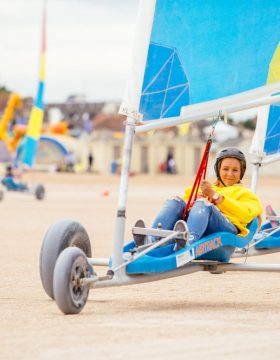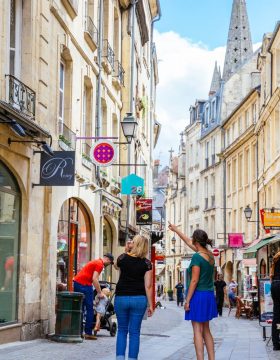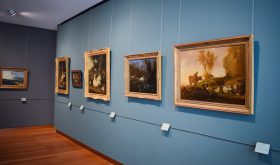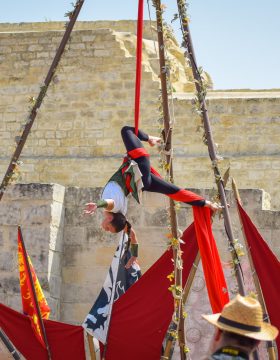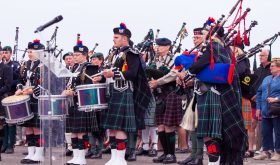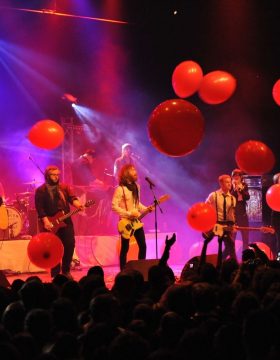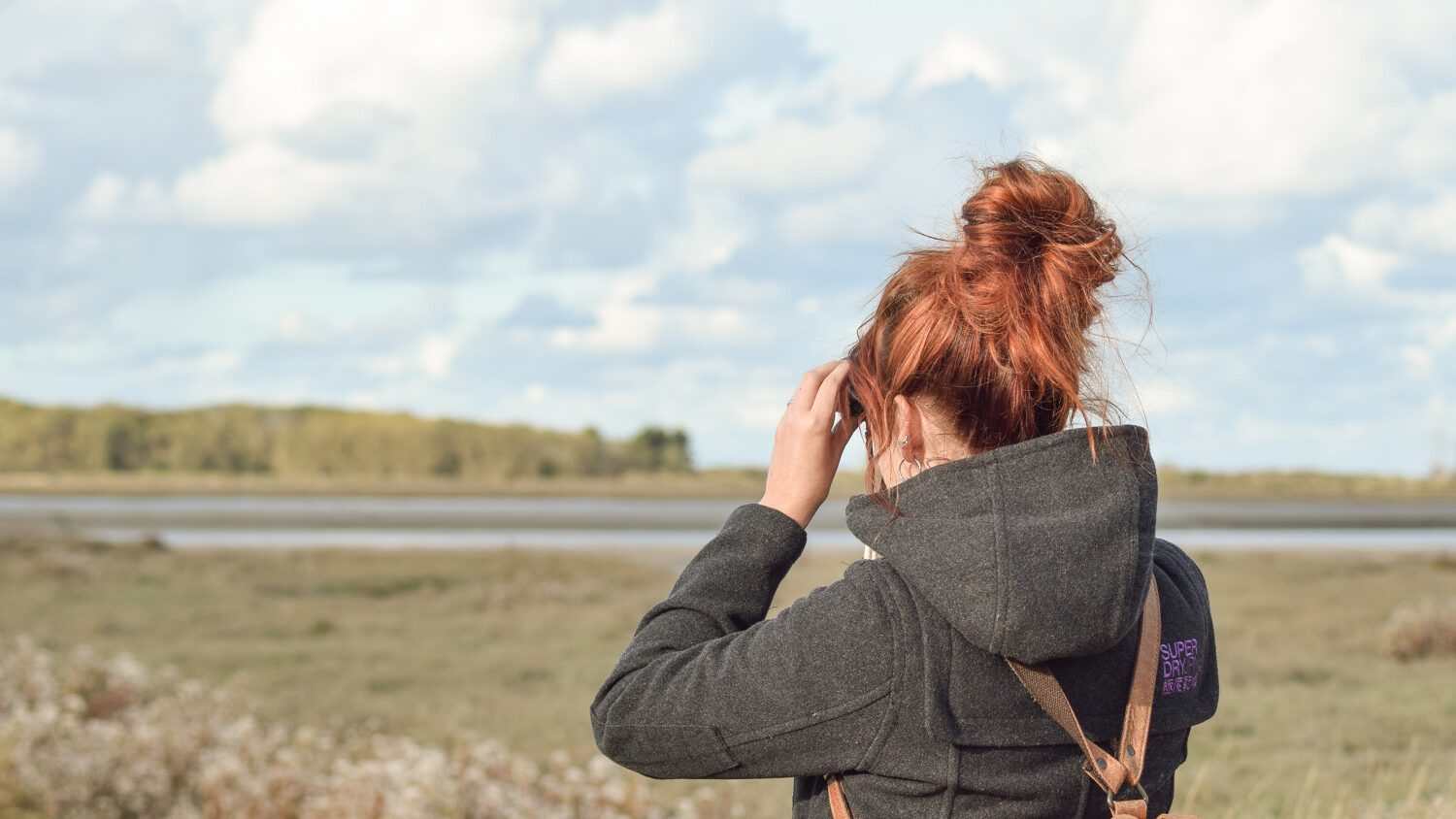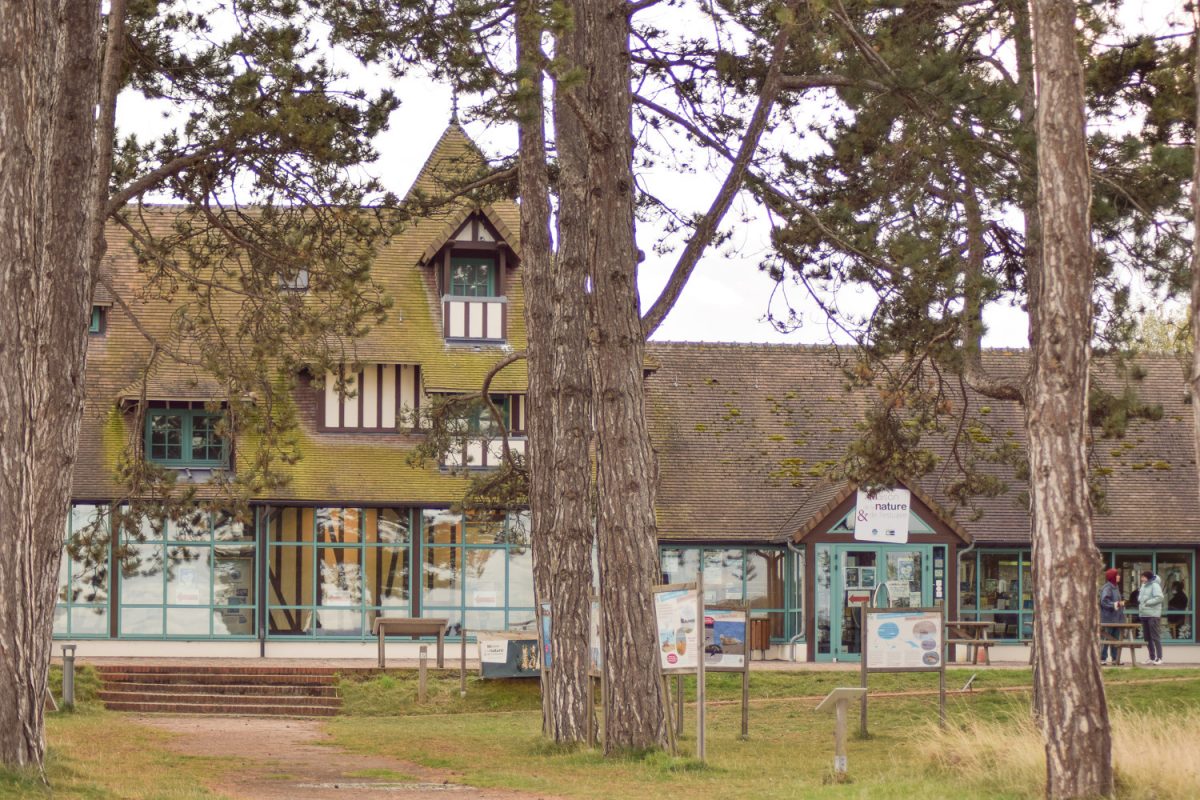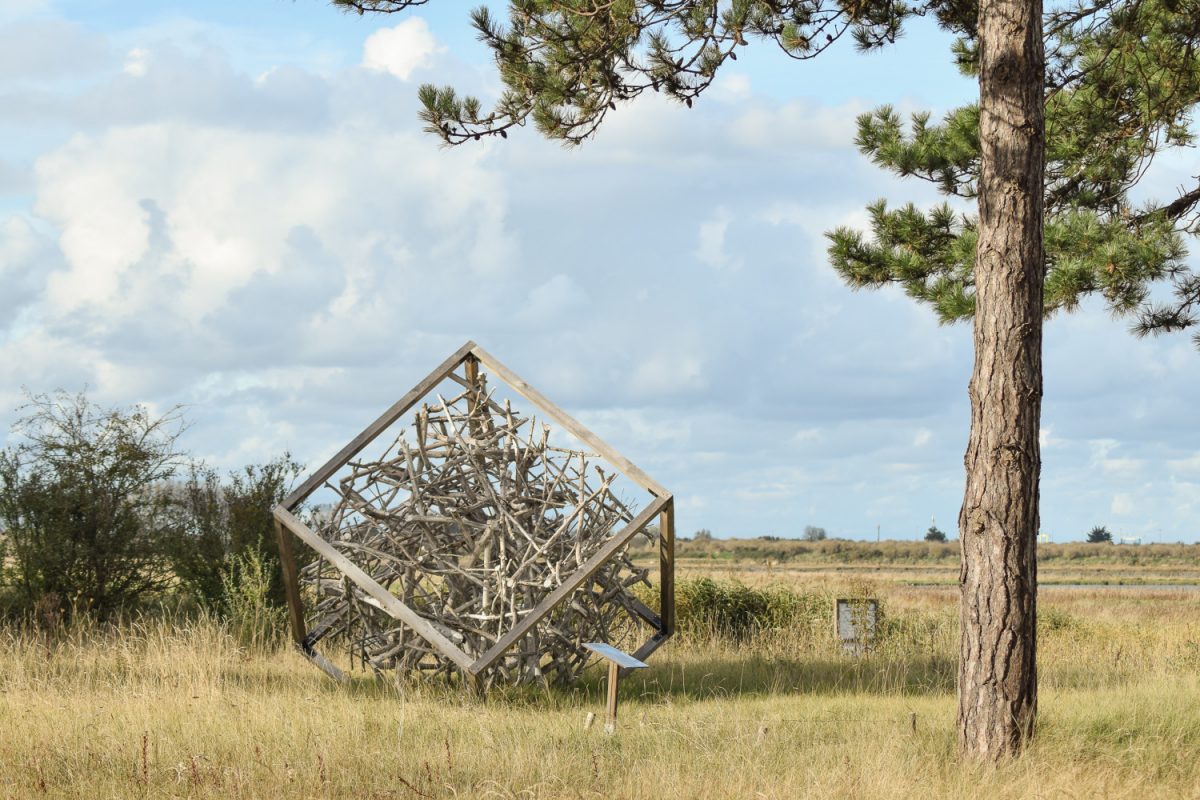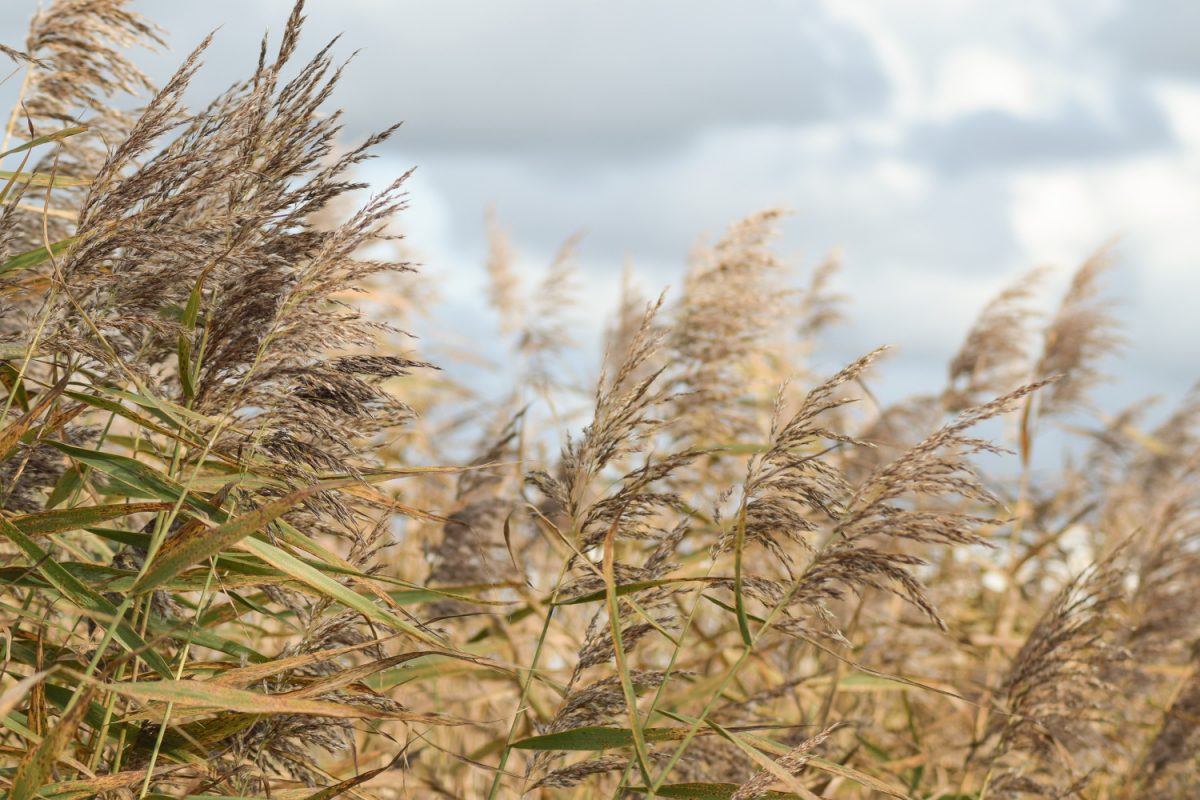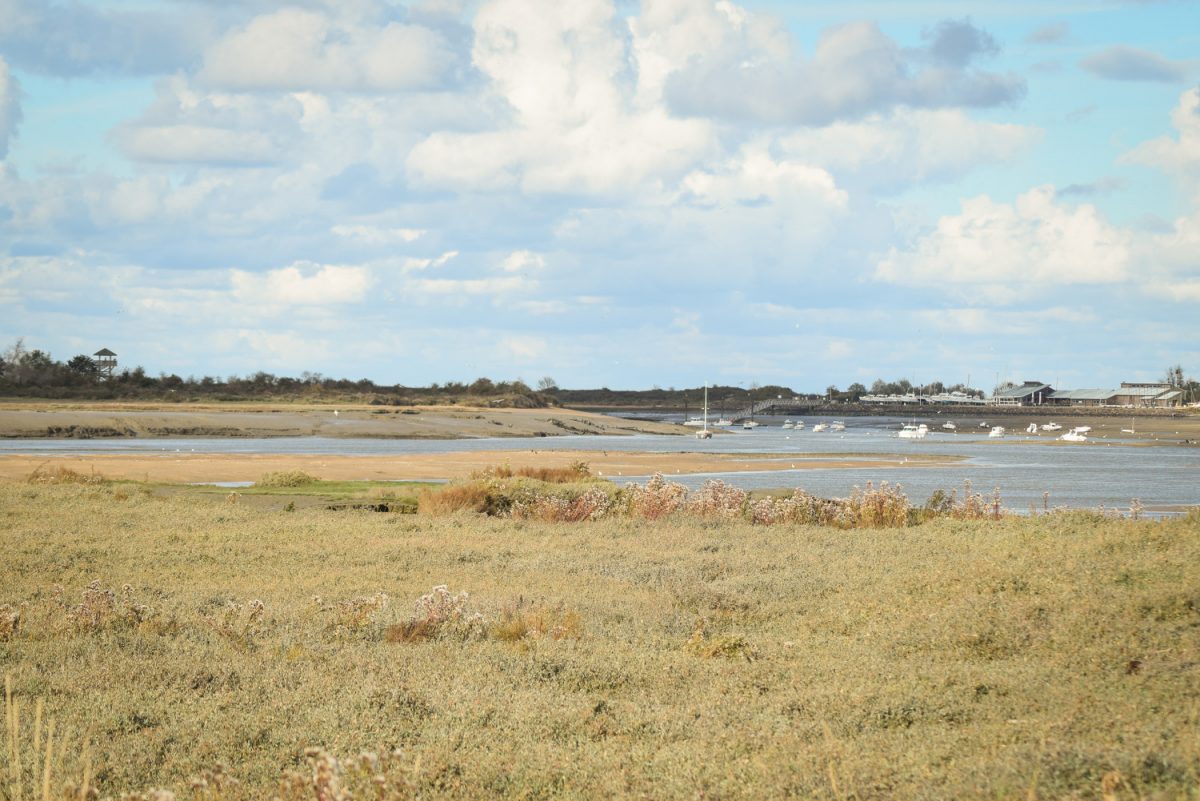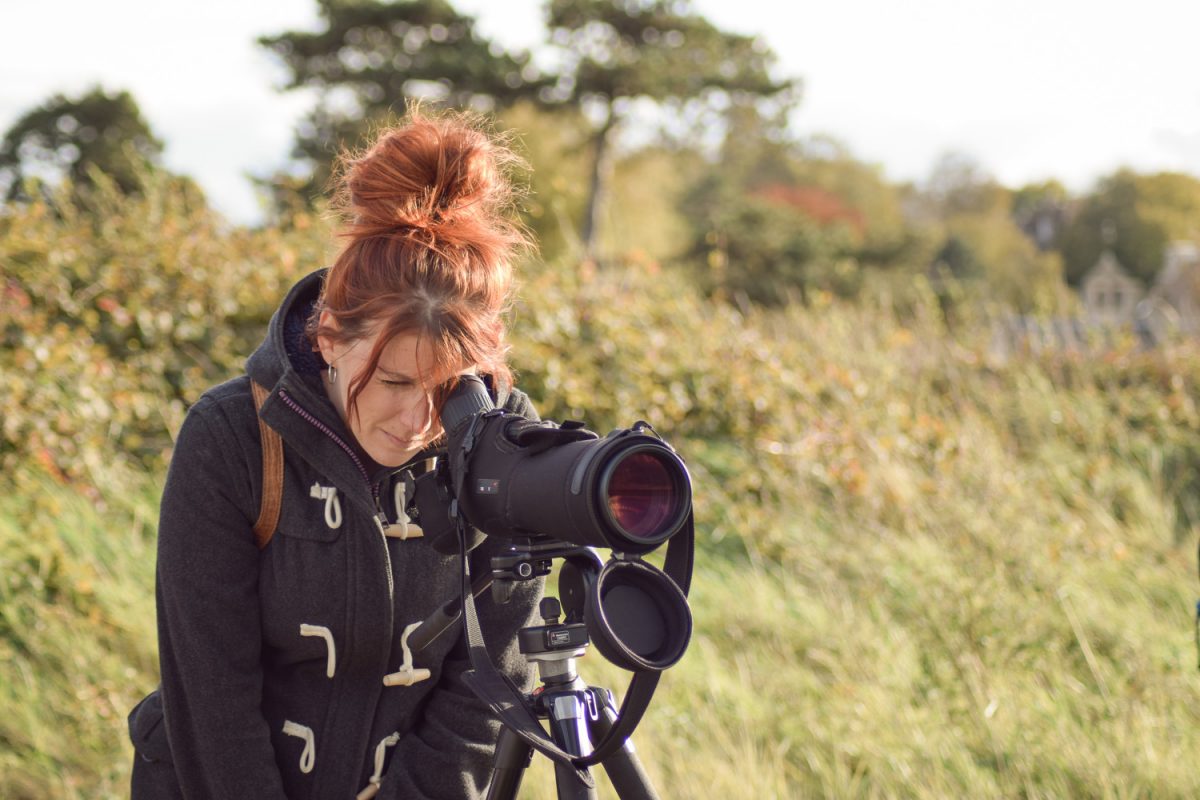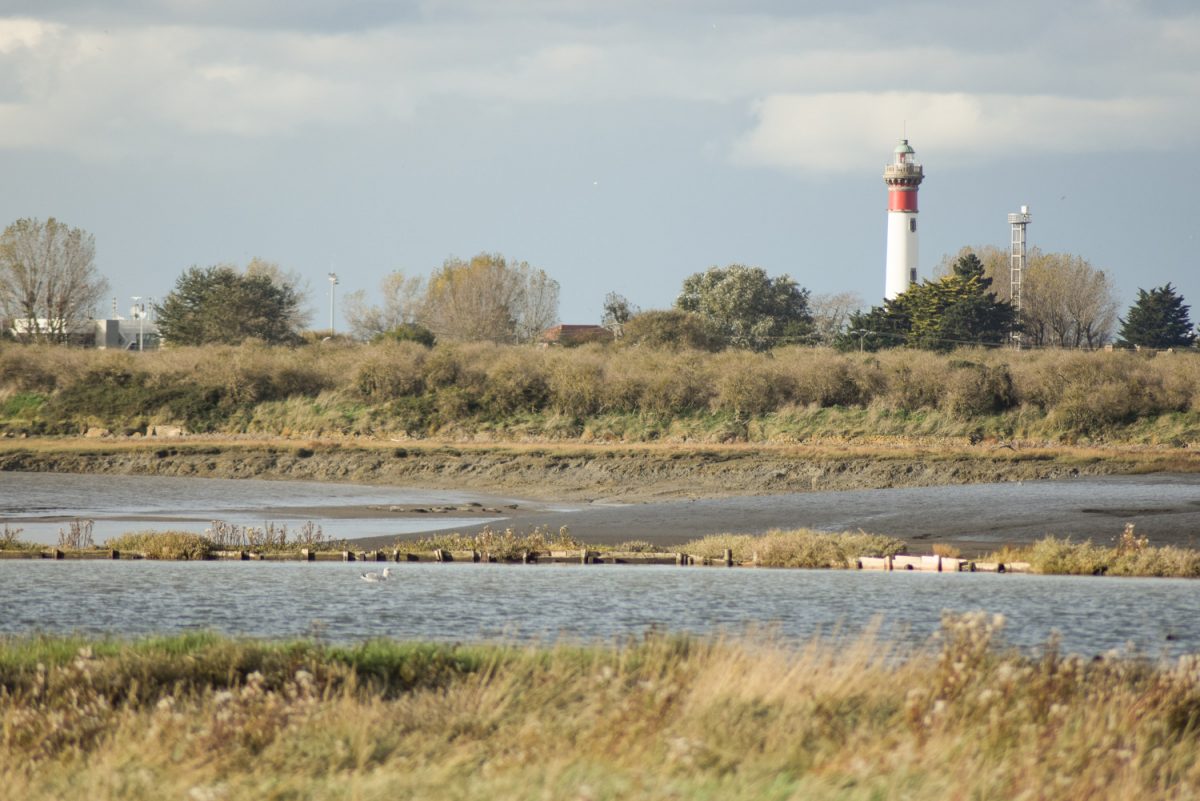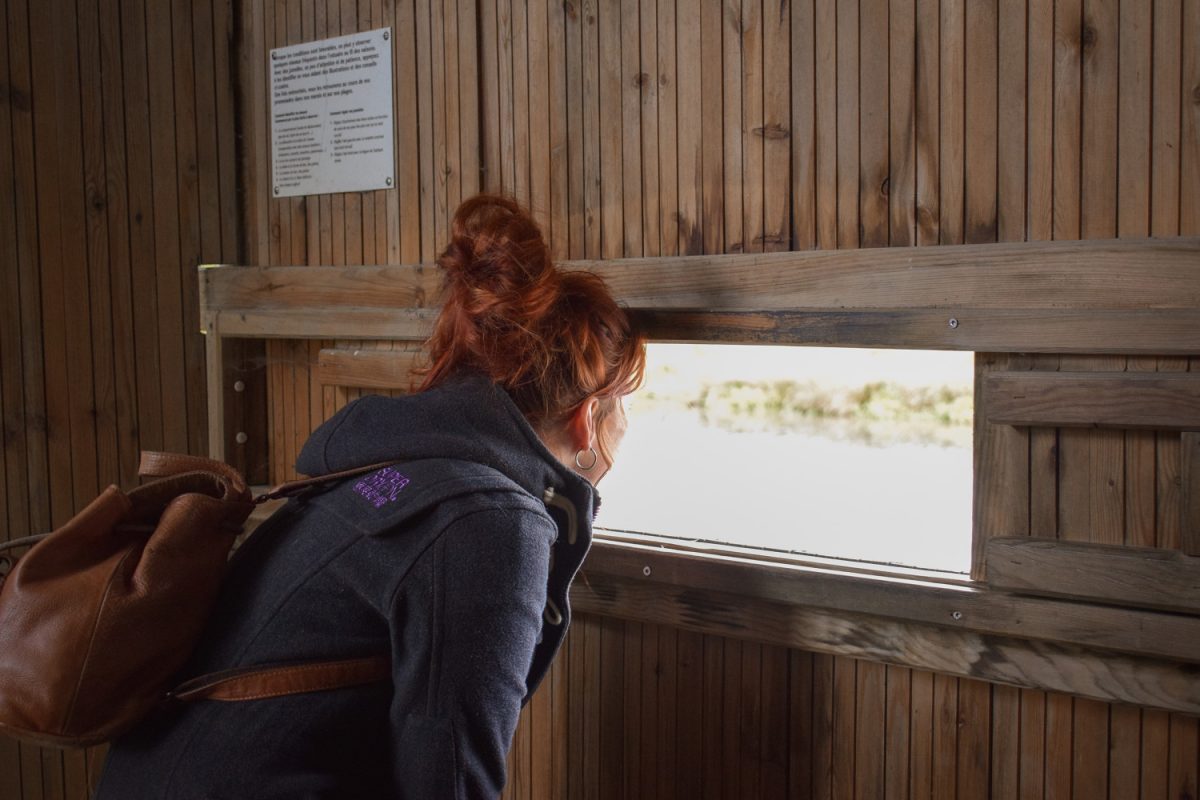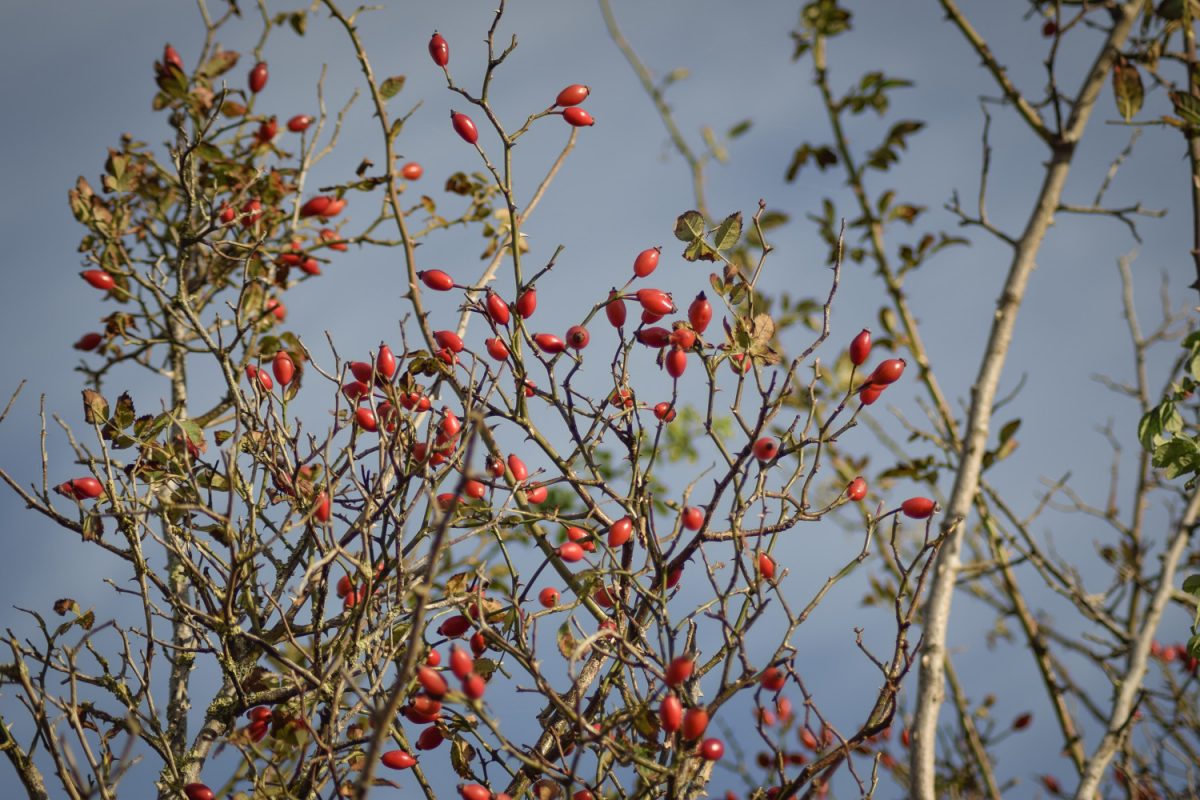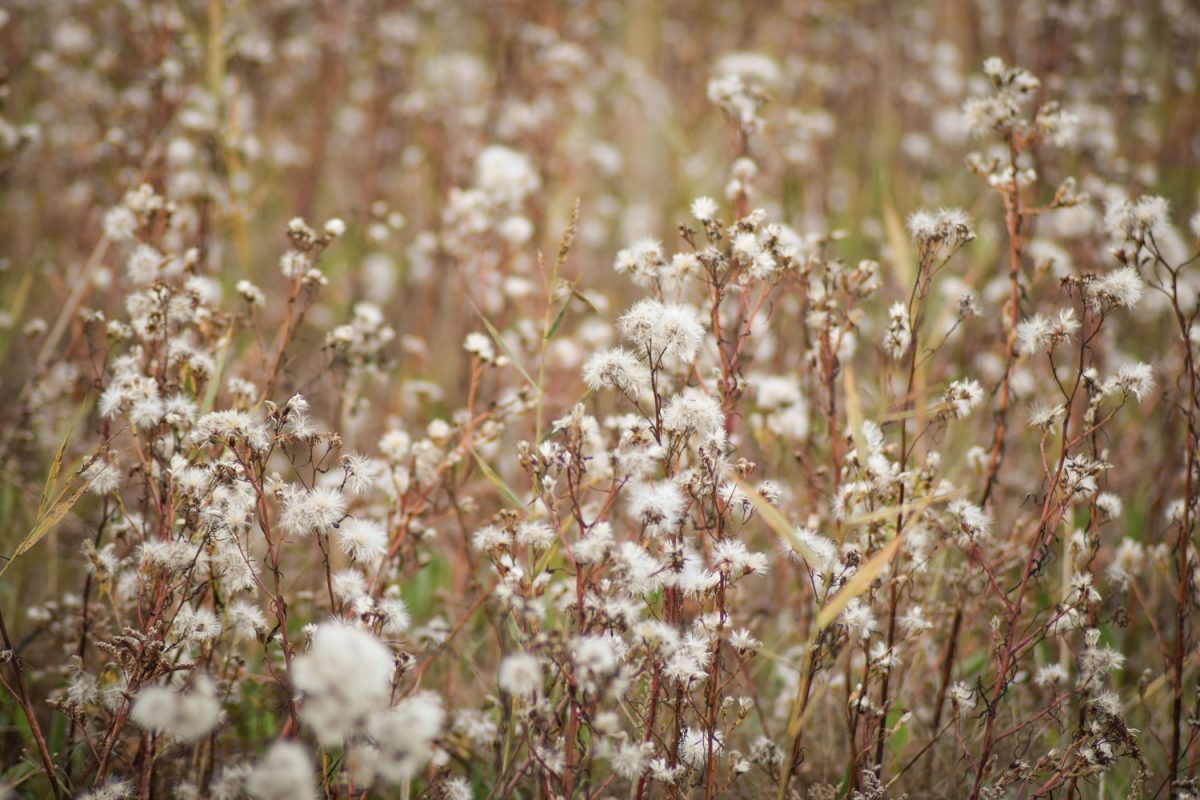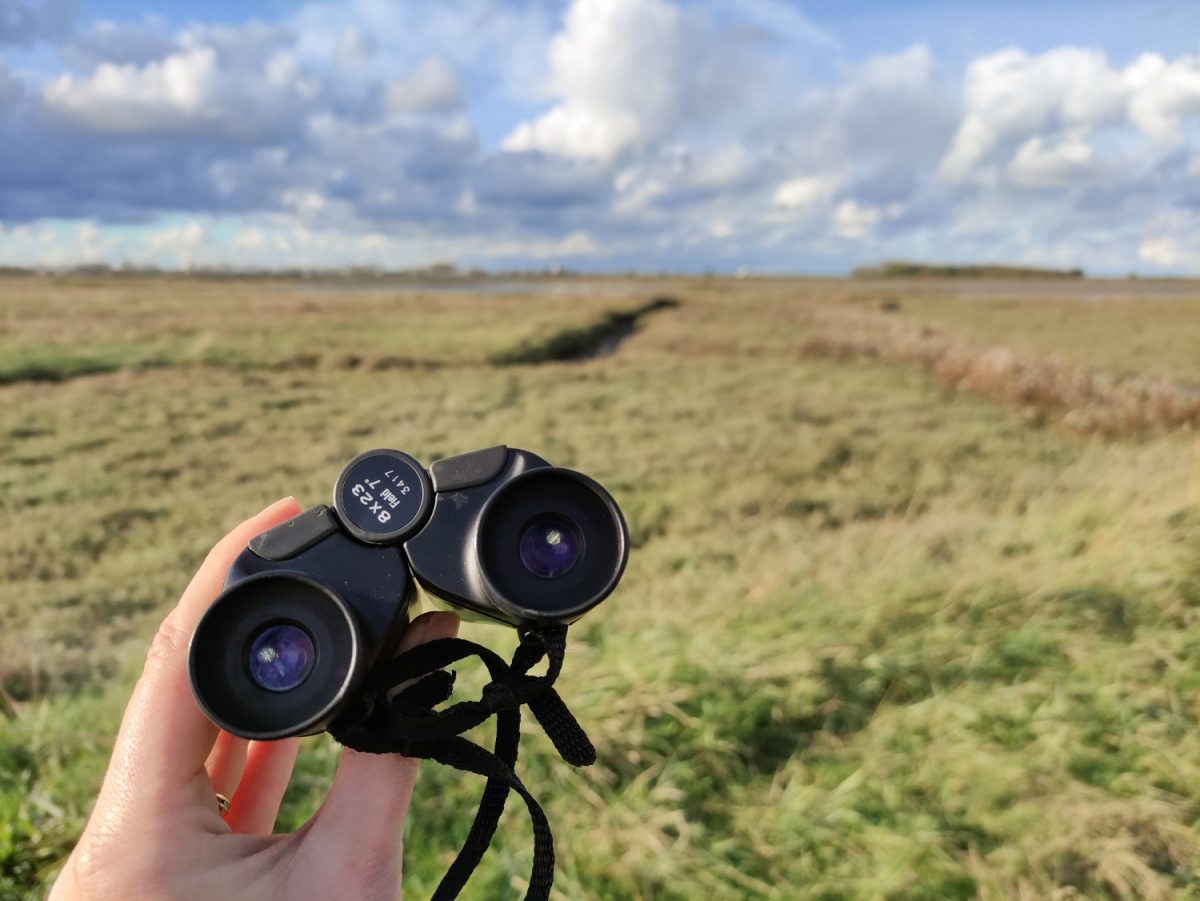làThe place to enjoy the seaOpen airUnusual Posted on 25.10.2023
Encountering a marine mammal in its natural environment is an unforgettable experience! But how do you observe them without disturbing them? These wild and protected animals have plenty of secrets to reveal to us on a calf seal observation trip in the Orne estuary.
Nature outing with the Groupe Mammalogique Normand (Gmn)
The meeting point is at the Maison de la Nature et de l’Estuaire in Sallenelles. This area is a sensitive natural space classified as a Natura 2000 site. So it’s the ideal place to talk about the rich flora and fauna of the estuary.
Marie, who works for the Groupe Mammalogique Normand, specialises in the protection of marine mammals. She begins the walk by raising awareness of the need to protect these fascinating animals.
Recognising a seal from a sea lion
How can you tell a sea lion from a seal? The former has external ears and developed limbs that enable it to walk, whereas the latter has only an ear canal and small legs that force it to crawl. Wild sea lions are not found in Normandy, whereas its cousin the seal has established several colonies there! Yes, but grey seal or harbour seal?
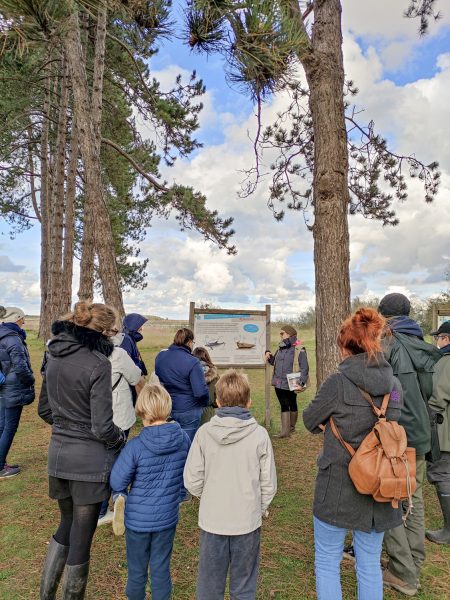
The seals of the Orne Estuary
The Orne Estuary colony is home to around twenty seals (a maximum of 24 have been counted), which are present all year round. These specimens measure on average 1m50 for 100kg and live up to 40 years! This species, which practically disappeared in the 1930s, has been reappearing for several decades, particularly in Normandy, thanks to the protection of the species, which is classified as “near-threatened”.
The questions immediately came to mind. “Why do the females leave the estuary to give birth? How many kilos of fish does a seal eat in a day? Eager to meet them, we followed Marie a short distance into the estuary.
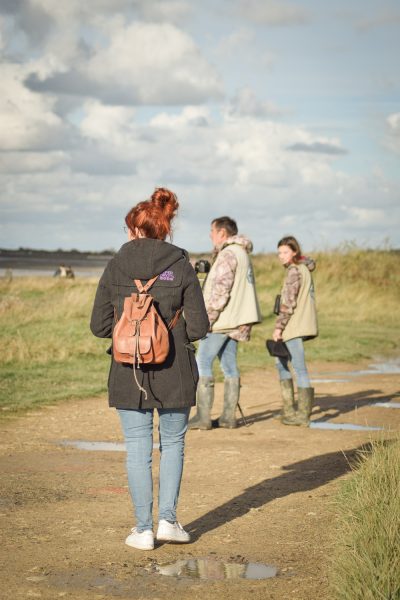
Meeting the unknown
A pair of binoculars for each of us and a spyglass are available. It’s difficult to see them but Marie guides us. “Look for the Ouistreham lighthouse, a little to the left…”.
And there they are!
A group of harbour seals bask on a sandy islet near the Pointe du Siège in Ouistreham. Today, we’re lucky, there are 14 of them!
We are deliberately keeping our distance from the mammals. Seals are wild animals that know how to defend themselves if they feel threatened. They may decide to leave a place where they feel safe. Mothers can also abandon their young. It is therefore dangerous to get too close to them. Let’s protect them by not disturbing them!
“If a seal sees you and looks at you, you’re already too close!”
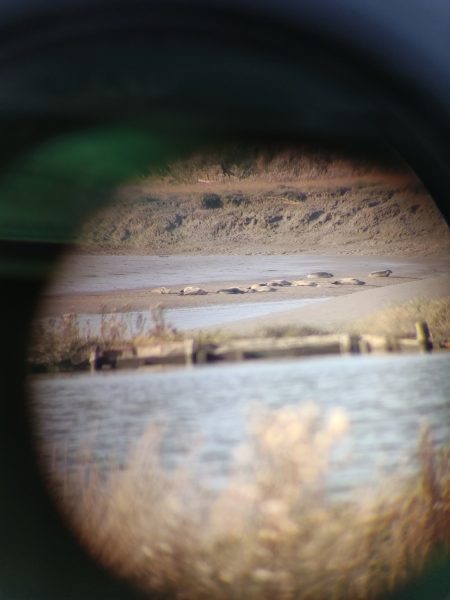
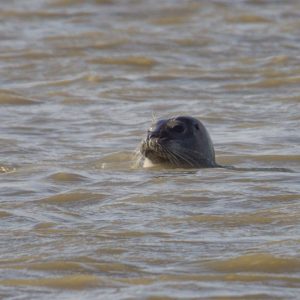
Autumn colours and sea breeze
As the walk draws to a close, you can take your time making your way back home, while enjoying a breath of fresh sea air in the Bay of Orne.
The Maison de la Nature et de l’Estuaire includes an interpretation centre and offers events, discovery outings and exhibitions for all ages all year round.
To find out more about the work of the Groupe Mammalogique Normand, visit www.gnm.asso.fr
If you see an animal in distress, contact +33(0)5 46 44 99 10 (7 days a week)
We like
- The landscapes of the Orne Estuary
- Marie’s explanations for learning about seals
- The atmosphere and colours of autumn
